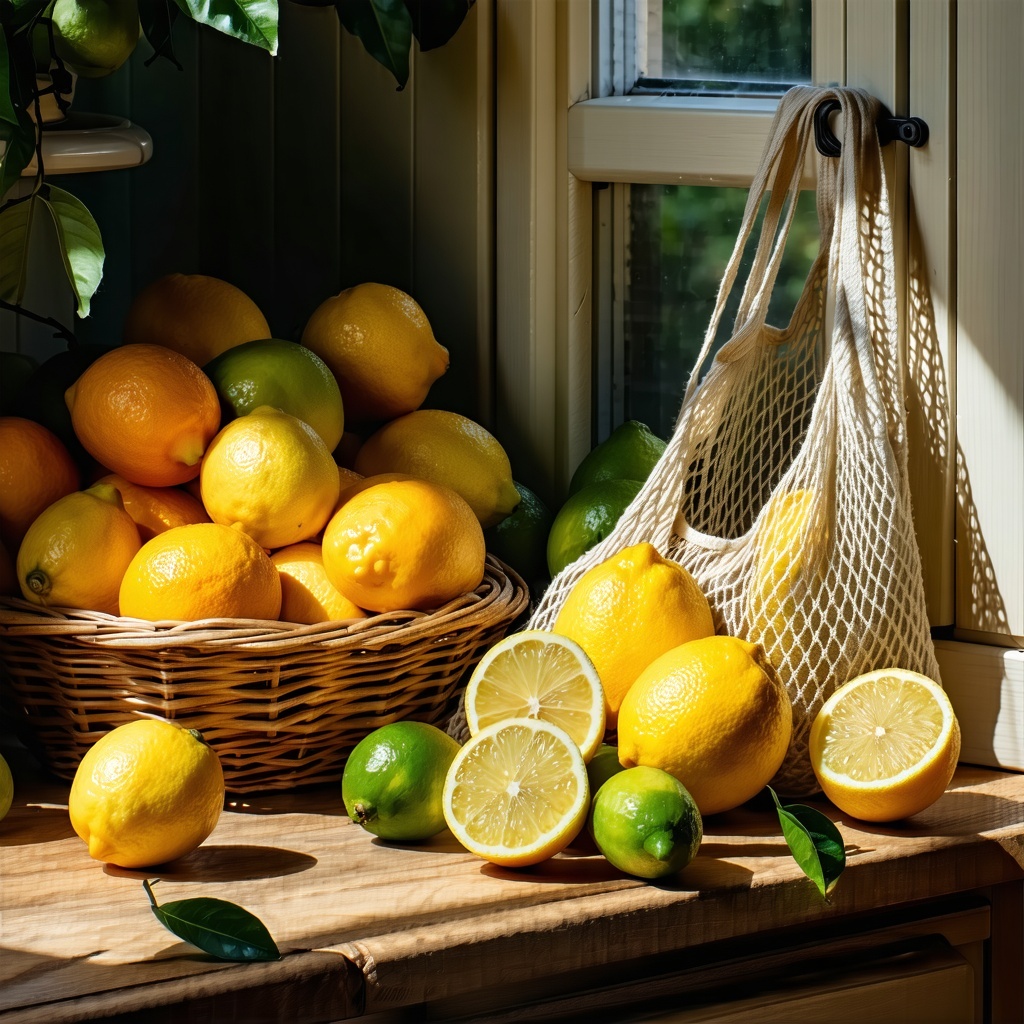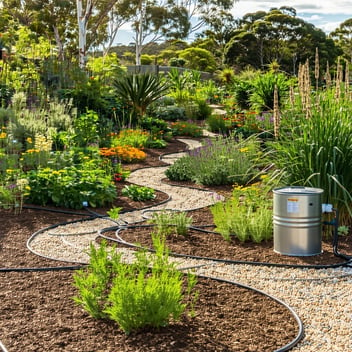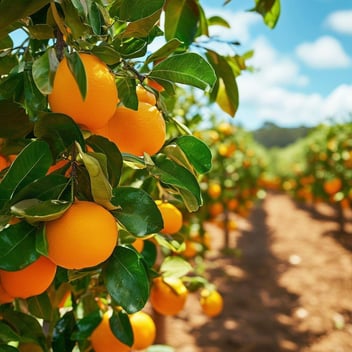Storing SEQ Citrus: Keeping Lemons, Oranges, and Limes at Their Best
Introduction
In South East Queensland (SEQ), the abundance of citrus fruits like lemons, oranges, and limes is a testament to the region's favorable subtropical climate. However, the same warmth and humidity that promote their growth can also accelerate spoilage post-harvest. Implementing effective storage techniques is essential to maintain their freshness and flavor.
Understanding Citrus Behavior Post-Harvest
Non-Climacteric Nature of Citrus Fruits
Citrus fruits are classified as non-climacteric, meaning they do not continue to ripen once harvested. This characteristic underscores the importance of harvesting at peak ripeness and employing proper storage methods immediately to preserve their quality.
Short-Term Storage: Room Temperature Guidelines
Optimal Conditions for Countertop Storage
For citrus fruits intended for consumption within a week, storing them at room temperature is suitable. Place them in a well-ventilated area away from direct sunlight, ensuring they are not stacked to allow air circulation. This method helps maintain their juiciness and flavor for a short period.
Long-Term Storage: Refrigeration Best Practices
Ideal Refrigeration Techniques for Citrus
To extend the shelf life of citrus fruits beyond a week, refrigeration is recommended. Store them in the crisper drawer of the refrigerator, ideally at temperatures between 7°C to 10°C (45°F to 50°F). Use mesh bags or keep them loose to facilitate air circulation, which helps prevent mold growth and maintains freshness.
Handling Cut and Juiced Citrus
Preserving Freshness After Cutting or Juicing
Once citrus fruits are cut or juiced, their exposure to air accelerates deterioration. Store cut fruits in airtight containers in the refrigerator and consume them within 2-3 days. Freshly squeezed juice should also be refrigerated and used within the same timeframe to ensure optimal taste and safety.
Alternative Preservation Methods
Freezing Juice and Zest
For longer preservation, consider freezing citrus juice and zest. Pour the juice into ice cube trays, freeze, and then transfer the cubes to freezer-safe bags for convenient use in recipes. Similarly, zest can be frozen in airtight containers, retaining its flavor for several months.
Pickling and Dehydration
Pickling is another effective method, especially for lemons. By preserving them in a brine solution, you can extend their usability for up to six months. Dehydrating citrus slices is also a viable option; dried slices can be stored in airtight containers and used as flavorful additions to teas and baked goods.
Conclusion
Proper storage of citrus fruits is crucial to prolong their freshness and enjoy their vibrant flavors. By understanding their post-harvest behavior and implementing suitable storage methods, SEQ residents can make the most of their citrus harvests, reducing waste and enhancing culinary experiences.




